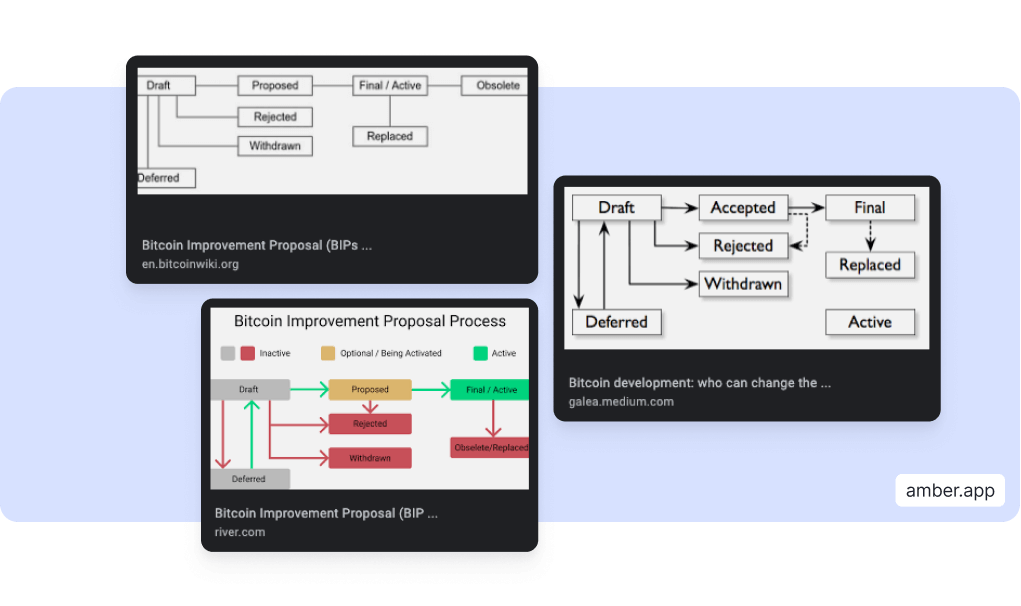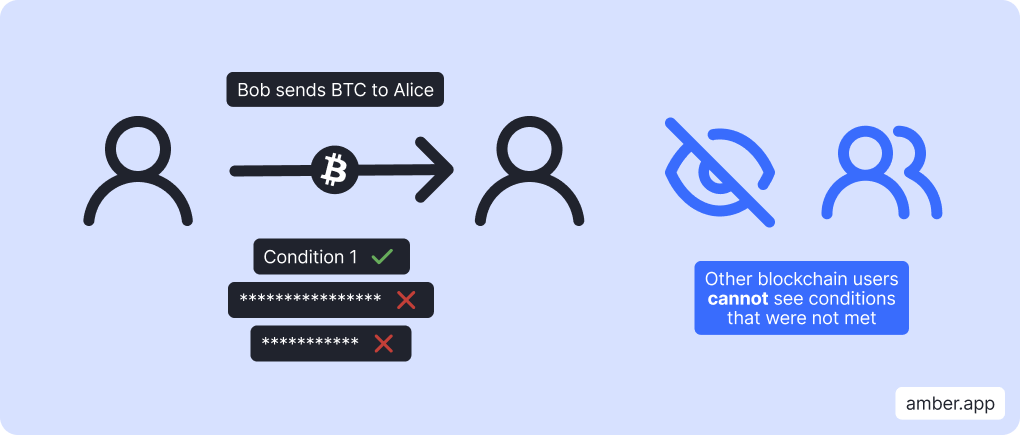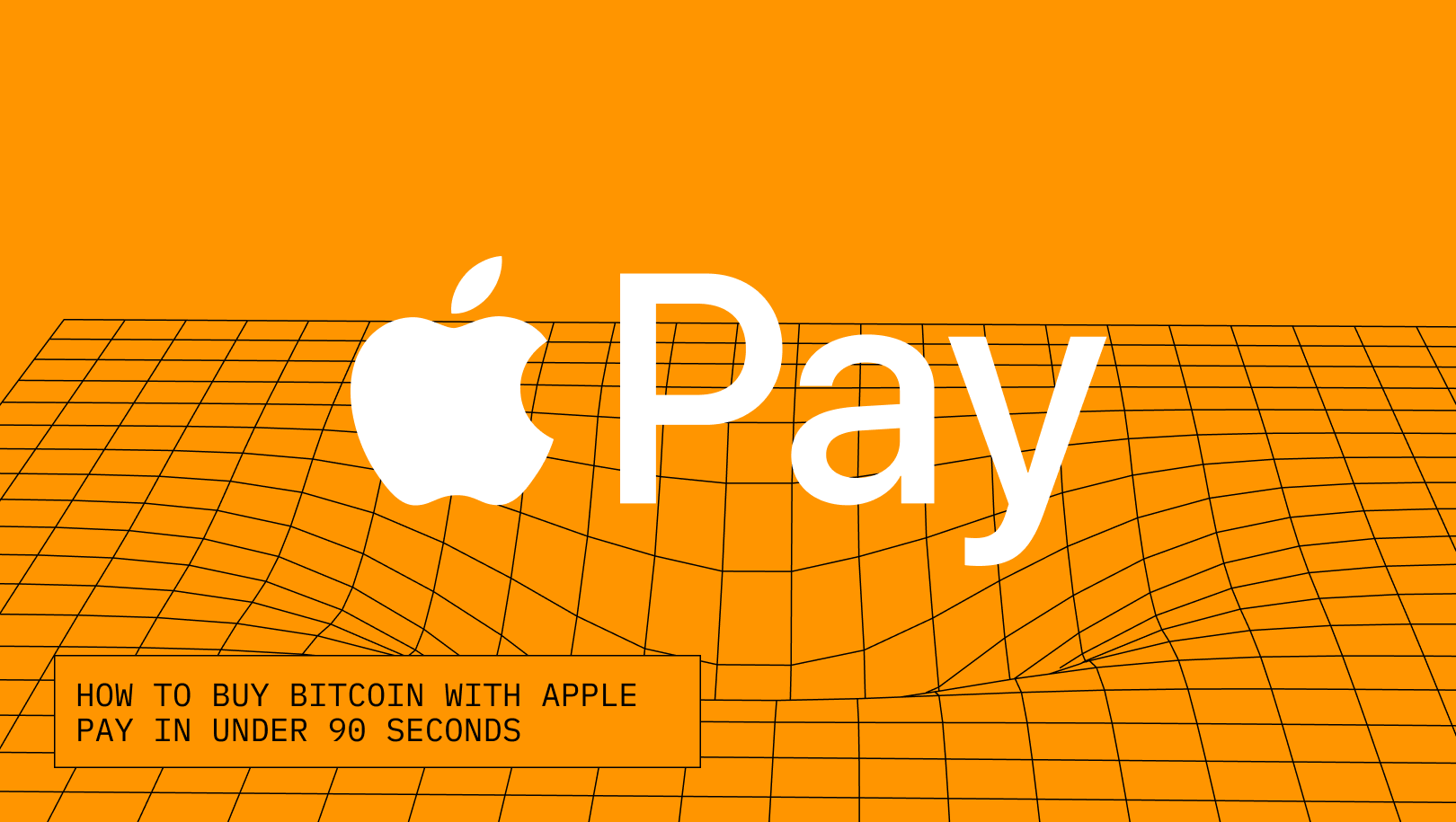What is Taproot?
Taproot is an upgrade to the Bitcoin code which has been in the making since 2018. Gregory Maxell first proposed the idea and several other developers worked with him to develop the three BIPs (Bitcoin Improvement Proposals) that comprise Taproot.
Major upgrades to Bitcoin are not very common, the last one occured in 2017. The proposal of Segwit (which was the last major upgrade) caused the infamous Blocksize Wars. Segwit paved the wave for the existence of the Lightning Network and was a needed development for Bitcoin to make the leap from a store of value to a medium of exchange.
Taproot strengthens both these properties of Bitcoin.
What is a BIP?
A Bitcoin Improvement Proposal was first suggested in 2011 by Amir Taaki. It is the official way of suggesting a change to Bitcoin’s code. Taaki introduced the system of “upgrading” the open-source network, by suggesting how to do that with the first BIP 001.
A BIP is generally proposed by a developer who has identified the opportunity for a major improvement in Bitcoin’s code. A BIP is no quick fix. The process from idea to implementation can span several years, as the BIP goes through various iterations, redraftings and even rejections. In order to reach acceptance, the BIP must achieve consensus by the developers and some of the wider Bitcoin community. BIPs are not necessary for every change to Bitcoin’s core code; some smaller changes do not need to go through the exhaustion of accepting a BIP.

Because of the 21m hard cap, many people think that Bitcoin’s rules are set in stone. This is not the case. Anyone can make changes to Bitcoin code since it’s open source so anyone can make changes. The difficulty is not changing the code but achieving network consensus, which is becoming increasingly more challenging as Bitcoin’s adoption grows. Imagine you are at a Chess tournament, but instead of playing the traditional version of Chess, you want to play with two queens instead of two castles. Now, you have to convince everyone else at the tournament to play your version of Chess. Some people might be interested in playing your new version of Chess but most people would prefer to play the traditional version. You can think of Bitcoin in the same way. Consider how hard it would be to implement a major change in the core code that everyone – all across the world – adheres to and agrees to. This is why the implementation of a BIP, like Taproot, is so significant because it achieved network consensus. This is what renders outside attacks on Bitcoin’s core code useless, because the majority will continue to stack sats on the Bitcoin main chain.
What are the BIPs included in Taproot?
The three BIPs that form Taproot all serve a slightly different function. It is the strength of them all together that makes Taproot such a prominent upgrade to the Bitcoin network.
BIP-340 (bip-schnorr)
BIP-340 makes a change in the signature scheme of Bitcoin. When Satoshi first coded Bitcoin he used the less effective ECDSA (Elliptic Curve Digital Signature Algorithm). He didn’t make a mistake, ECDSA had the most research and reliability behind it at the time Satoshi was developing Bitcoin. The alternate signature scheme; Schnorr signatures, allows multi-signature transactions to become more efficient. The efficiency comes from Schnorr signatures’ ability to group transactions together. This is possible by the multiple keys and signatures all being combined into a single Schnorr key and a single Schnorr signature. This is known as “key aggregation” and “aggregation signature” respectively. This process reduces the on-chain data load which improves the transaction fees. Schnorr provides added privacy to those who are conducting multiple signature transactions. Multi-sig transactions become indistinguishable from single signature transactions because they are hidden under the Schnorr signature.

BIP-341 (bip-taproot)
BIP-341 introduces MAST (Merklized Alternative Script Trees) scripts. MAST scripts are vital in reducing the transaction size on the Bitcoin blockchain. They reduce the complexity of the single script that allows spending an UTXO (a bitcoin). MAST scripts allow Merkle roots, which reduces the data into a single hash of data, a much simpler script than previously used. This fulfills several roles; most importantly, it grants greater privacy to the network by only the part of the script relevant to the spend taking place is reavelead, with any alternative part hidden, it cleans up the on-chain data load, meaning more transactions can be included in each block, and it makes the verification of data easier to read because it is only a single hash.


BIP-342 (bip-tapscript)
The last BIP is vital to allow the MAST scripts and Schnorr signatures to become part of the Bitcoin code. Tapscript allows future BIPs to be more easily implemented by changing the operation code (opcode) of Bitcoin. This change in the opcode also gives the users the ability to make more complex transactions since the 10,000-byte script size limit will be removed . Lastly, tapscript makes P2TR (Pay-to-Taproot) possible. P2TR adds a new layer of complexity and privacy to Bitcoin code. This complexity grants flexibility to the user, by giving them two options to spend their Bitcoin. P2PKH (Pay-to-PubKeyHash) being the traditional bitcoin address format and P2SH (Pay-to-ScriptHash) utilising the MAST hash root for verification of the bitcoin address.
Why is Taproot Important for Bitcoin?
Major changes to Bitcoin’s code don’t happen very often. Whenever it does occur it is a big deal in the community. Taproot was widely supported which shows the strength of the consensus mechanism within the Bitcoin community. Everyone wants to see Bitcoin become an even better money and that’s exactly what happened with Taproot.
The major improvements from Taproot include:
- Improved privacy
- Improved scalability
- Improved affordability
- Improved efficiency
- Improved security
- Improved ability to conduct smart contracts
- Improved flexibility for layer-2 Bitcoin networks
Taproot is an improvement to so many facets of Bitcoin. Many of these improvements are intrinsically linked (such as efficiency and affordability); another benefit of an open-source monetary system. It is vital to take control away from an isolated group of power and place it into the hands of a decentralised community seeking fairness within a monetary system. Rules, not rulers, right?
In short, taproot happened and Bitcoin just got better. Nice.
–





